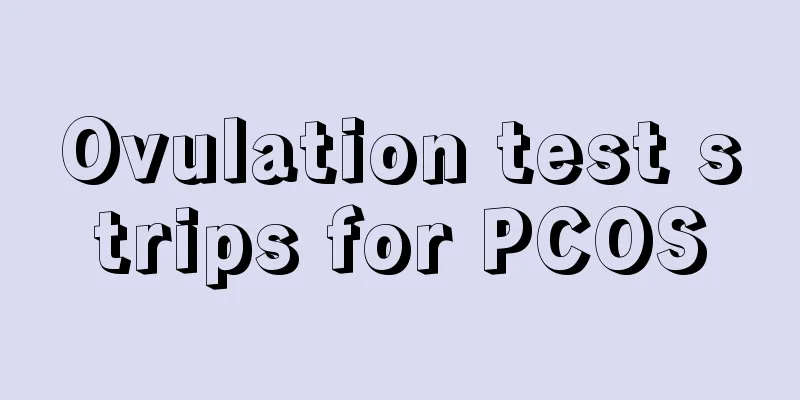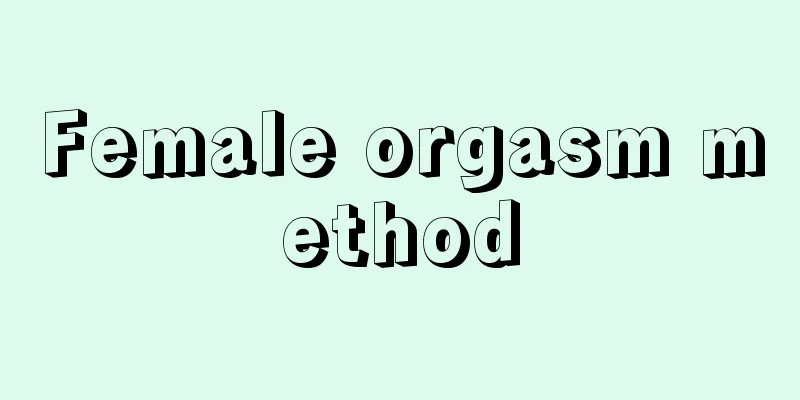Ovulation test strips for PCOS

|
Polycystic ovary syndrome is a disease that affects the health of many women. If a woman has PCOS, she is very likely to have infertility problems. Many women want to know whether PCOS can be detected using ovulation test strips. In fact, polycystic ovary syndrome cannot be detected through ovulation test strips, but there are still many symptoms. Here are the symptoms of Polycystic Ovary Syndrome! 1. Menstrual disorders The main symptoms are amenorrhea, oligomenorrhea and functional uterine bleeding. 2. Clinical manifestations of hyperandrogenism (1) Hirsutism: The amount and distribution of hair vary according to gender and race. Hirsutism is one of the important manifestations of increased androgen levels. (2) Hyperandrogenic acne: PCOS patients are mostly adult female acne with rough skin and enlarged pores. Unlike adolescent acne, PCOS has the characteristics of severe symptoms, long duration, stubbornness and poor response to treatment. (3) Female pattern hair loss (FPA): PCOS patients begin to lose their hair around the age of 20. (4) Seborrhea: PCOS produces excessive androgen, resulting in hyperandrogenism, which increases sebum secretion, causing excessive oil on the patient's head and face, enlarged pores, slightly red and oily skin on both sides of the nasolabial groove, dandruff and itchy scalp, and increased oil secretion on the chest and back. (5) Masculinization: Mainly male-pattern pubic hair distribution, but generally no obvious masculinization occurs. 3. Polycystic ovary (PCO): The 2003 Rotterdam PCO ultrasound standard is ≥12 follicles in one or both ovaries, with a diameter of 2 to 9 mm, and/or an ovarian volume (length × width × thickness/2) >10 ml. At the same time, it may show increased medullary echo. 3. Other symptoms 1. Obesity: Obesity accounts for 30% to 60% of PCOS patients, and its incidence varies depending on race and eating habits. The obesity of PCOS is manifested as central obesity (also known as abdominal obesity). 2. Infertility: Due to ovulation dysfunction, the pregnancy rate of PCOS patients is reduced and the miscarriage rate is increased. 3. Obstructive sleep apnea: It is common in PCOS patients and cannot be simply explained by obesity. Insulin resistance has a greater predictive effect on dyspnea during sleep than age, BMI or circulating testosterone levels. 4. Depression: The incidence of depression in PCOS patients increases and is associated with high body mass index and insulin resistance. The patients' quality of life and sexual satisfaction are significantly reduced. |
<<: Polycystic ovary syndrome exercise
Recommend
Normal range of amniotic fluid depth in late pregnancy
The amniotic fluid of pregnant women is one of th...
How many days will the milk increase after induced labor?
The harm of induced abortion to the human body is...
Mechanical examination of vaginal bleeding
Vaginal bleeding is a common problem for many wom...
23 Zhou Weicai's value is beyond normal
The 23rd week of pregnancy, which is 5-6 months o...
Can I take Analgin tablets during breastfeeding?
For mothers who are breastfeeding, they also need...
Can I have my teeth cleaned during my period?
There are many things that women cannot do during...
What should you pay attention to during the fifth month of pregnancy?
Pregnant women usually experience various pregnan...
Can women drink flower and fruit tea during menstruation?
Diarrhea after menstruation can cause obvious dis...
What to eat to regulate light menstrual flow
Low menstrual flow is a common gynecological dise...
What is the reason for dry lips?
Dry lips are a common phenomenon, especially when...
Fight against herpes to the end!
This is the 5283rd article of Da Yi Xiao Hu Recen...
What are the common symptoms of kidney deficiency in women?
We all know that most male kidney deficiency is c...
How to use baking soda to rinse vagina
In the eyes of many people, if you want to have a...
Should women get IUDs?
Many people are very concerned about whether it i...
What is the reason why the leucorrhea is a little blue?
A woman's leucorrhea often reveals whether sh...









